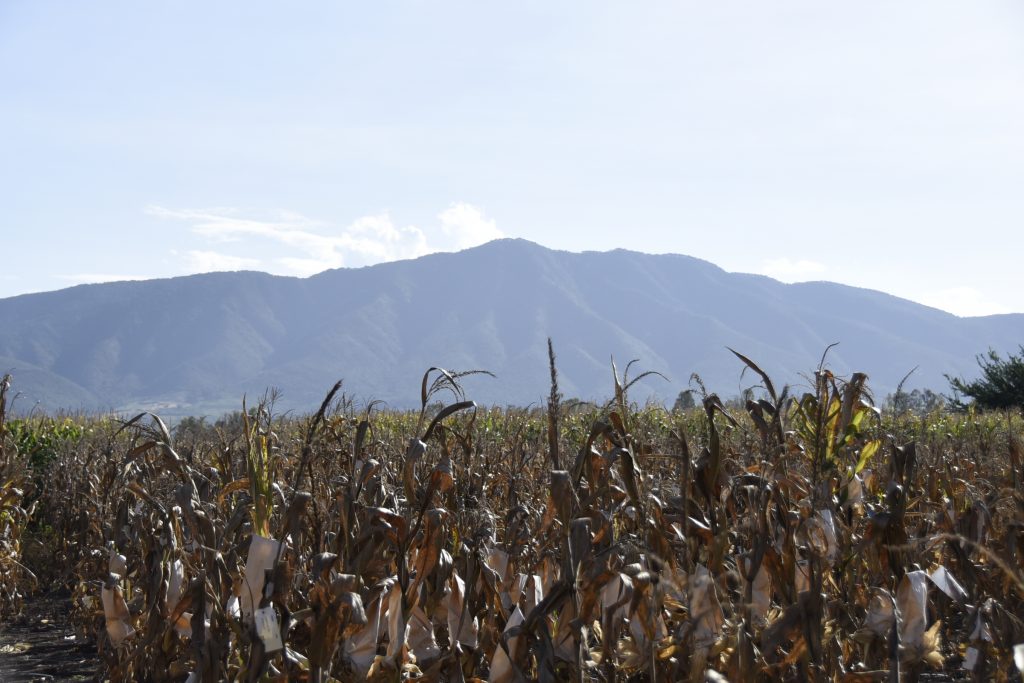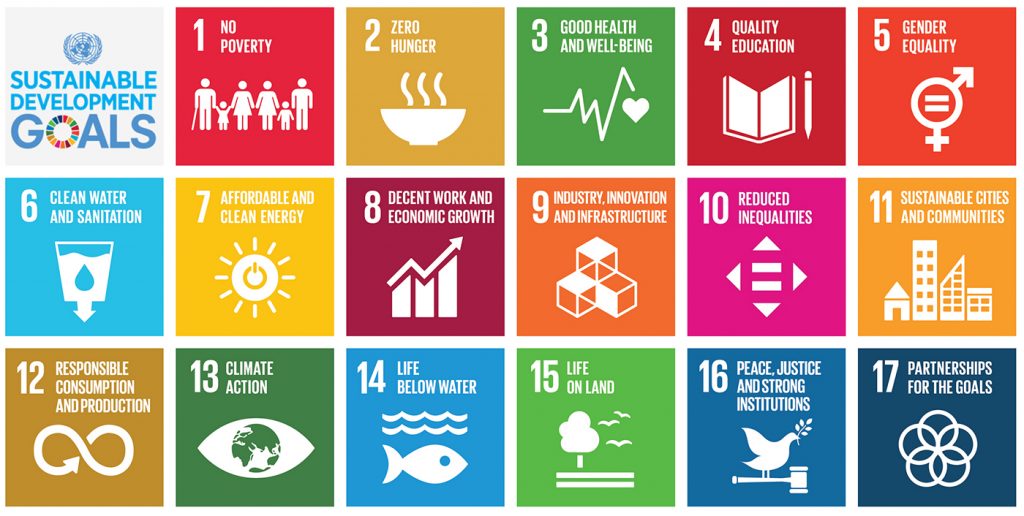Are maize agro-food systems aligned with the United Nations’ SDGs?
by Natasha Nagarajan
New report discusses maize’s relationships to the United Nations’ Sustainable Development Goals.

Maize is one of the most important cereals on Earth, especially in Africa and Latin America. Not only is it a significant source of food for humans, but it is also valuable as animal feed and is even used in biofuel. In a recently published paper in the journal Global Food Security, scientists from the University of Wisconsin, Purdue University and the International Maize and Wheat Improvement Center (CIMMYT) discuss the importance of maize in relation to the United Nations Sustainable Development Goals (SDGs). The SDGs lay out requirements for improving the livelihoods of all beings on Earth, creating a more sustainable future, and addressing issues such as climate change, social inequality, poverty and peace. Maize is highlighted in this paper as a prime example of a resource that aligns with and supports the SDG narrative in many different ways.
According to the paper, improving the maize agro-food system will in turn lead to improved food security overall and contribute to improving human nutrition and health. For example, nutrition can be significantly improved in the many areas of the world that depend on maize as a large part of their diets by producing sustainable biofortified maize which has increased concentrations of nutrients naturally found in maize (such as Vitamin A and zinc).

Three key components of many of the SDGs are ending food insecurity, protecting the environment, and empowering globally disadvantaged groups, with a particular focus on women. Bringing women into the agricultural process provides a number of opportunities for work and livelihood improvement, and also tends to lead to improved nutrition. This is because women are more likely to adopt maize varieties based on nutritional and culinary qualities as well as long-term storability compared to men, who tend to prefer varieties that are higher-yielding and drought- or pest-resistant, which equates to more grain to sell to provide for their families. Reducing social inequality and helping women gain access to land use is directly related to SDGs 1, 5, 10, and 17.
The economics of maize production and trade are also discussed as they link to SDGs 8 and 9. Investing in agricultural infrastructure, better management policies and new technologies can lead to more sustainable and efficient agricultural process as well as increased employment rates.
Maize is an invaluable natural resource which feeds millions and has dozens of other industrial uses. The importance of maize in the fight against hunger and food insecurity is evident in its connections with many of the United Nations’ Sustainable Development Goals. Through the development and use of sustainable and inclusive social and scientific mechanisms and a multilateral approach, food systems can be improved in order to improve food security for all.
agriculture, conservation agriculture, rural development, sustainability, united nations
